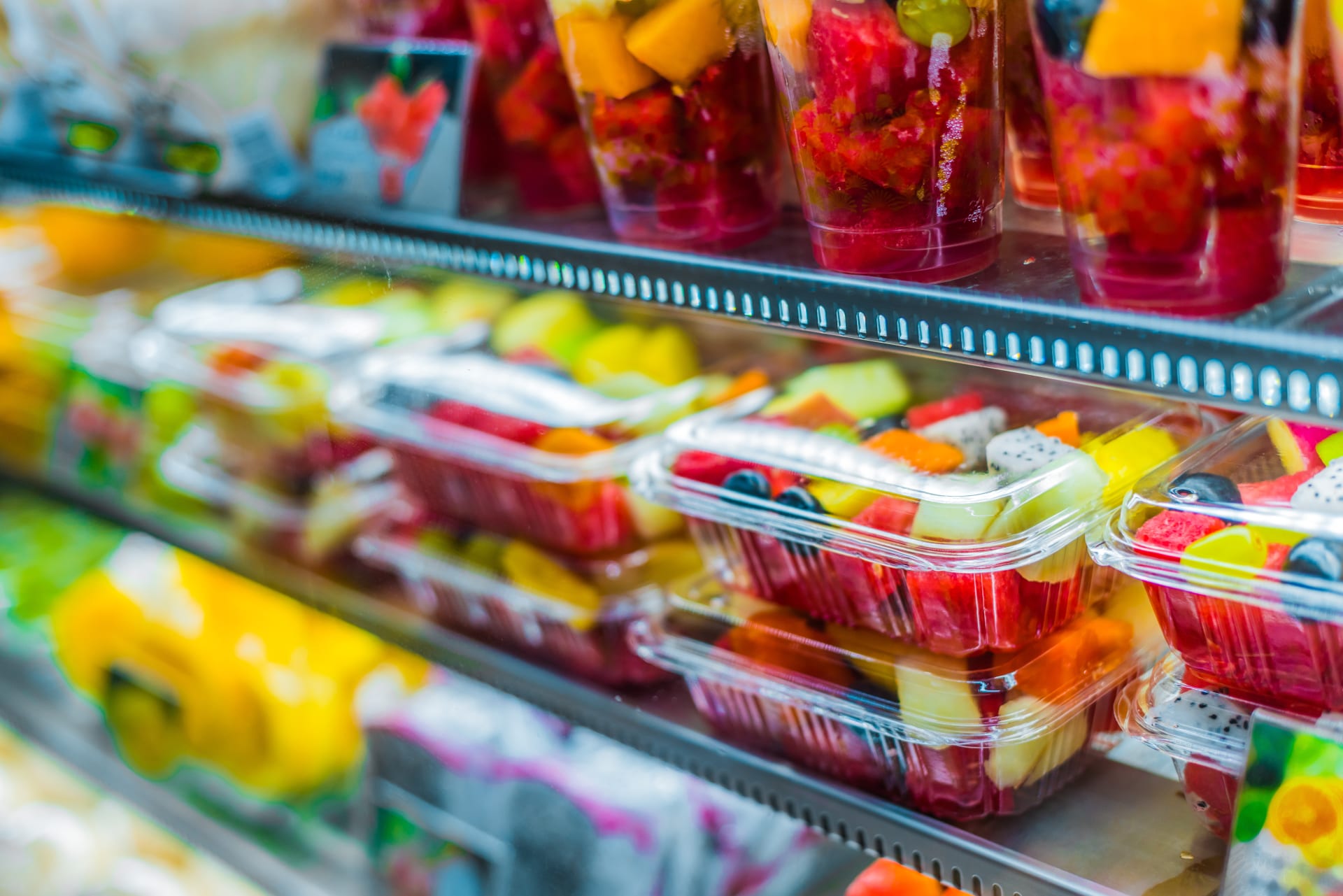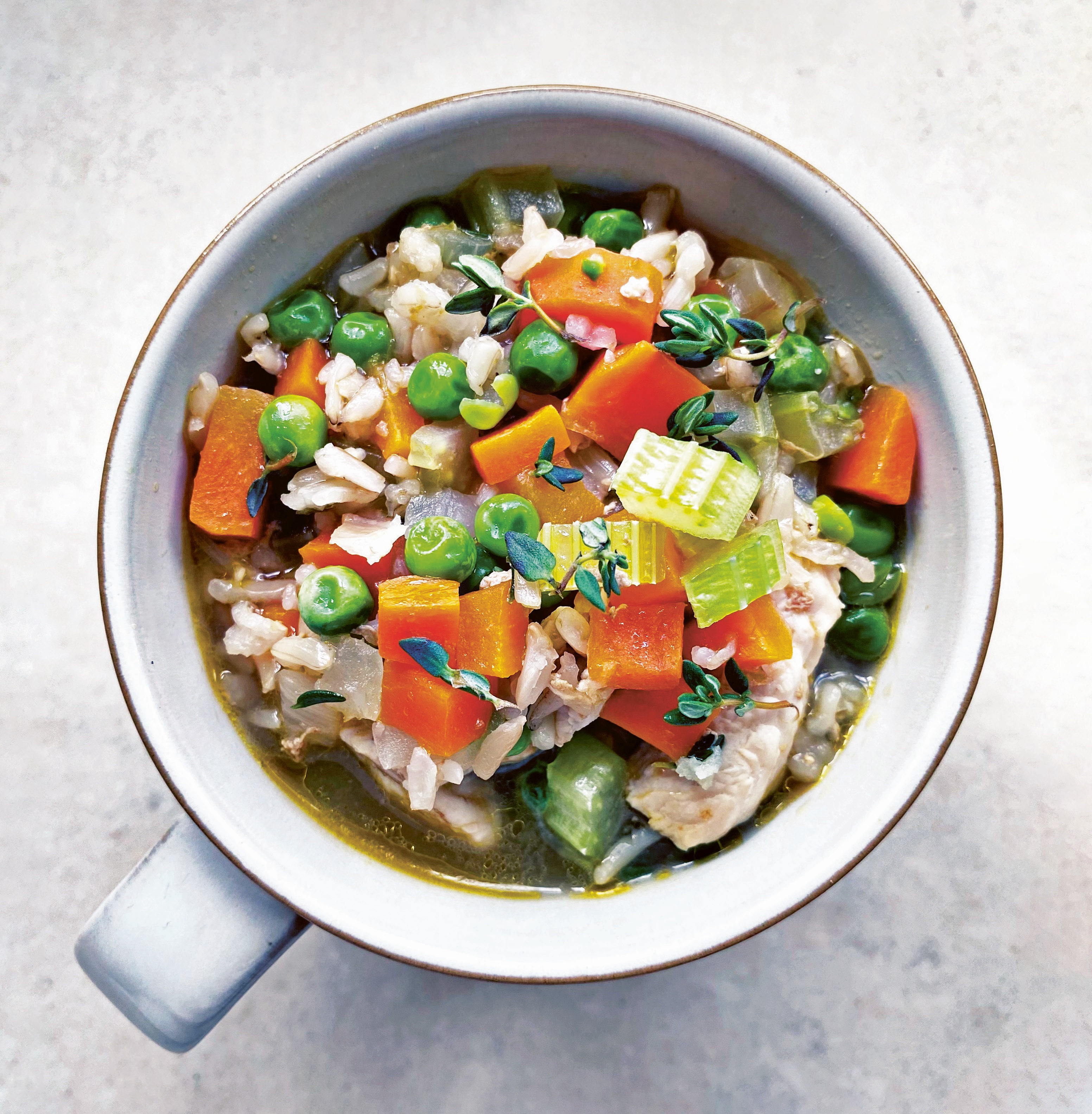Oxfordshire serves as an epicentre for food manufacturing companies keen to foster a culture of safety while pushing the envelope in product development. Adherence to stringent safety protocols doesn’t just demonstrate regulatory compliance; it's also a compelling way to gain consumer trust and carve a competitive edge in an increasingly saturated marketplace.
The Significance of Food Traceability
Traceability is indispensable in the modern food supply chain. Advanced software solutions, using methods like barcoding and QR coding, allow businesses to track the journey of each ingredient from farm to fork. Such systems generate valuable data that can be utilised for internal audits, quality checks, and inventory management, ensuring that each raw material is accountable and that the source of potential contaminants can be pinpointed with ease.
Conversely, should a safety concern arise, traceability serves as your safety net. Its capabilities stretch beyond just identifying the problem source. Effective traceability facilitates rapid product recalls, minimising consumer exposure to risk. It preserves brand integrity by demonstrating that safety lapses, when they occur, are handled with the utmost speed and precision.
Rise of Smart Packaging
Smart packaging is more than a gimmick. It's a potent tool in ensuring the integrity and safety of food products. Sensors embedded within the packaging can detect temperature changes, signs of spoilage, and even microbial contamination. When anomalies are spotted, alerts are transmitted to both suppliers and consumers, allowing for swift remedial actions.
The Importance of Food Audits
Auditing is not just a regulatory requirement; it's a cornerstone for maintaining a culture of excellence in food safety. A detailed audit evaluates all elements of food production, from the reception of raw materials to product packaging and shipment. This process is aimed at identifying bottlenecks or weaknesses, providing a roadmap for continuous improvement and compliance.
But it's not just about troubleshooting. Audits serve as a preemptive measure, allowing manufacturers to anticipate potential hitches in the production cycle. This enables proactive strategies, such as redesigning work processes or implementing additional quality controls, to be put in place before minor lapses escalate into critical failures.
Automation in Quality Control
Automated systems, powered by machine learning algorithms, offer remarkable accuracy and efficiency in quality control. They continuously monitor various quality parameters, from ingredient composition to final product assembly. When inconsistencies are spotted, the systems can either automatically correct them or flag them for human intervention. Such levels of precision are unattainable through manual checks. By eliminating the human element, you drastically reduce the scope for errors and lapses in quality.
Moisture Content Analysis
Moisture content is often overlooked, yet it's pivotal in determining both the safety and the quality of food products. The Karl Fischer titration method is a tried-and-tested approach for moisture analysis, often facilitated through Metrohm instruments. It provides highly accurate data that is crucial for understanding how long a product can be safely stored without compromising its integrity.
Accurate moisture content analysis influences more than just safety; it also affects the sensorial attributes of the product. The texture, taste, and even the nutritional profile can vary significantly with minute changes in moisture levels. Hence, mastering the art of moisture analysis isn’t just a regulatory requirement; it’s a strategy to differentiate your product in a market that increasingly values quality and sensory experience.
Role of Blockchain in Food Safety
Blockchain technology provides an immutable record of all transactions in the food supply chain. Every ingredient's journey is documented, accessible by all stakeholders for maximum transparency. In the event of a contamination scare or a product recall, this technology enables rapid traceability, effectively isolating the source of the problem for swift remedial action.
But the advantages of blockchain stretch beyond crisis management. Its transparent nature serves as a deterrent to fraudulent activities within the supply chain, like ingredient substitution or false labelling. Moreover, the availability of real-time data enables predictive analytics, which can be utilised to optimise everything from inventory management to quality control processes.
The Relevance of Training and Development
Training and development are the bedrock on which a culture of safety is built. Employees need to be conversant not just with existing safety protocols but also with emerging technologies and methodologies that can elevate these standards. Regular training programmes ensure that the workforce is prepared to integrate new tools and procedures, thereby perpetuating a cycle of continuous improvement.
Staff trained in the latest safety procedures are assets in more ways than one. They serve as the first line of defence in identifying and correcting potential safety risks, from faulty equipment to lapses in hygiene. A vigilant, well-trained workforce is not just an operational asset; it’s a reputation builder.
Regulatory Updates and Compliance
Regulatory landscapes are not static; they evolve to address emerging risks and technological advancements. Companies that fail to keep pace with these changes risk not just legal repercussions but also the erosion of consumer trust. A proactive approach to regulatory compliance involves a dedicated team that keeps tabs on legislative changes, prepares the organisation for impending modifications, and ensures a seamless transition.
Being proactive in this regard also offers a competitive edge. Companies that swiftly adapt to new regulations signal to consumers their commitment to safety and quality. It’s a form of reputation management, one that builds customer trust and loyalty while setting the business apart in a crowded marketplace.
Sustainable Practices in Food Safety
The integration of sustainable practices into food safety protocols is a win-win scenario. Energy-efficient machinery, for instance, not only reduces your carbon footprint but also often requires less maintenance, thereby minimising downtime and potential risks. Similarly, water-saving technologies can improve the overall safety of food products by ensuring a cleaner, more controlled environment.
Yet the scope for incorporating sustainability is vast. It stretches from responsible sourcing of raw materials to minimising waste through smarter packaging solutions. Adopting a sustainable approach isn't just about environmental responsibility; it’s also a strategy for long-term operational efficiency and resilience.
Wrapping Up
Oxfordshire food manufacturers have a unique opportunity to lead the UK in safety innovation and consumer trust. The landscape of food safety is not static; it’s shaped by continuous advancements in technology, changes in consumer expectations, and evolving regulatory frameworks. By staying ahead of this curve, you don't just mitigate risks; you create opportunities. Embracing innovation in food safety is not just a defensive strategy; it's a powerful approach to brand building, one that assures consumers that your products are, quite literally, the crème de la crème.









